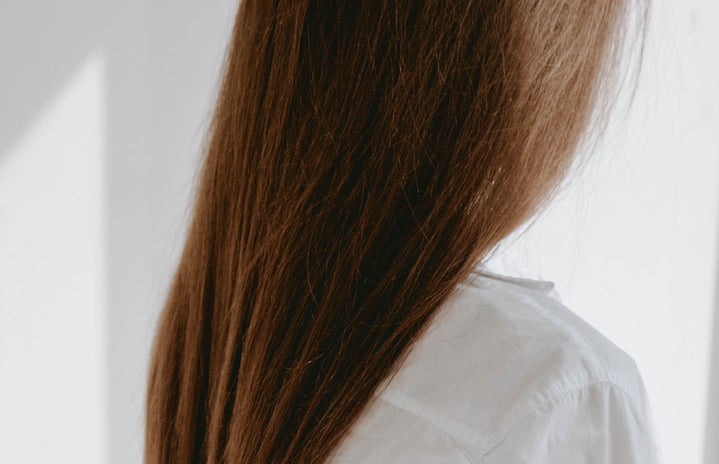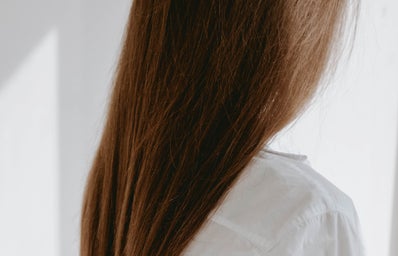This week, Georgia delves into the most recent controversy, which rose to fame on TikTok, surrounding hair-care brand Olaplex. A company praised for saving bleached and damaged hair was suddenly hit with claims of infertility and issues for many women using the products – but is this fact or fiction?
Whenever I get my hair dyed, my stylist always asks me if I want the Olaplex Treatment included into the already expensive price mix…and I always end up agreeing! Although Olaplex was founded back in 2014, is has only gained national credibility in the last few years, mainly due to its popularity on social media. The products have slowly become popular through celebrity endorsement and the sudden extensive usage of the Bond Multiplier (No.1) and Bond Perfector (No.2) in salons. Their products are renowned for restoring the health and shine back into damaged, bleached hair by improving its molecular structure.
No.3 – No.8 are the six treatments that are widely available to use at home. No.6 and No.7 protect from heat, No.4 and No.5 maintain overall hair health and No.3 and No.8 are nourishing masks for sporadic use.
No.3 is even Kim Kardashian approved: ‘When your hair is really damaged, if you sleep in that, it really works. I notice a huge difference.’
So, when a Hasini Kay’s TikTok – captioned ‘when you find out Olaplex is going to be banned in the EU and UK next month’ went viral, people were naturally inquisitive. She accredited this claim by suggesting that the infamous hair perfector had an ingredient that caused infertility, improper hormone production and menstrual cycle abnormalities. Of course, social media hell broke loose. With the video now amassing over 1 million views, the comments were filled with panic-stricken Olaplex users concerned about their reproductive health and, well… their hair care needs.
The TikTok community took this information and ran with it, plastering the ‘For You’ page with all kinds of rumours about how the products randomly stopped their periods.
Researching into this claim, No.3 DID contain Lillial (or Butylphenyl Methylpropional), which is a fragrance ingredient usually present in formulations at 0.1% or less, often used in household cleaners and detergents. However, as of the 1st of March, the EU banned its usage in cosmetics due to evidence that suggested it was toxic to reproduction.
Whilst in hindsight, this information does not make the brand look good, Olaplex have released a statement reiterating that the use of Lillial was never an active or functional ingredient. However, it was removed as a precautionary measure and has ‘not sold products using this ingredient in the UK or EU since January of 2022.’ The fact that it was so easily removed without any huge reformulations shows how little the dosage was.
Alicia Lartley, scientist and aesthetician, took to Twitter to emphasise that Lillial was banned after testing on animals, where the ingredient was fed orally and in high dosages. She makes it clear that Olaplex is still safe for use and that beauty-related content on TikTok needs to be taken with a pinch of salt, as a lot of it is misleading.
So, to quell the rumours – Olaplex is not being banned and we can all continue using the holy grail product of No3 without worrying!
SOURCES:
https://www.refinery29.com/en-us/2022/03/10886715/olaplex-no3-banned-ingredient-infertility


